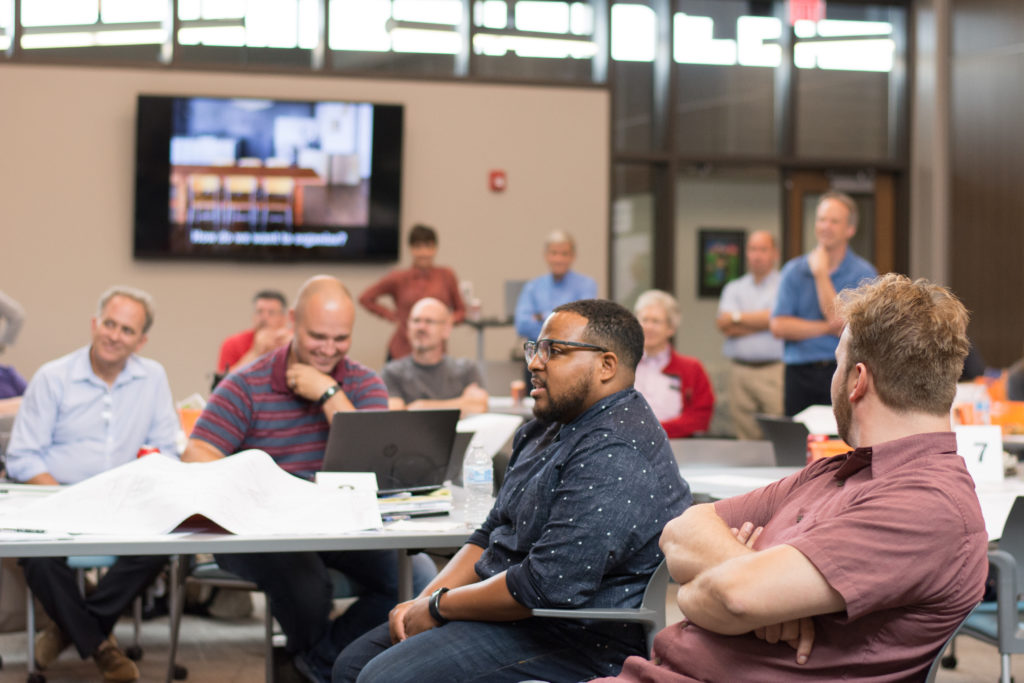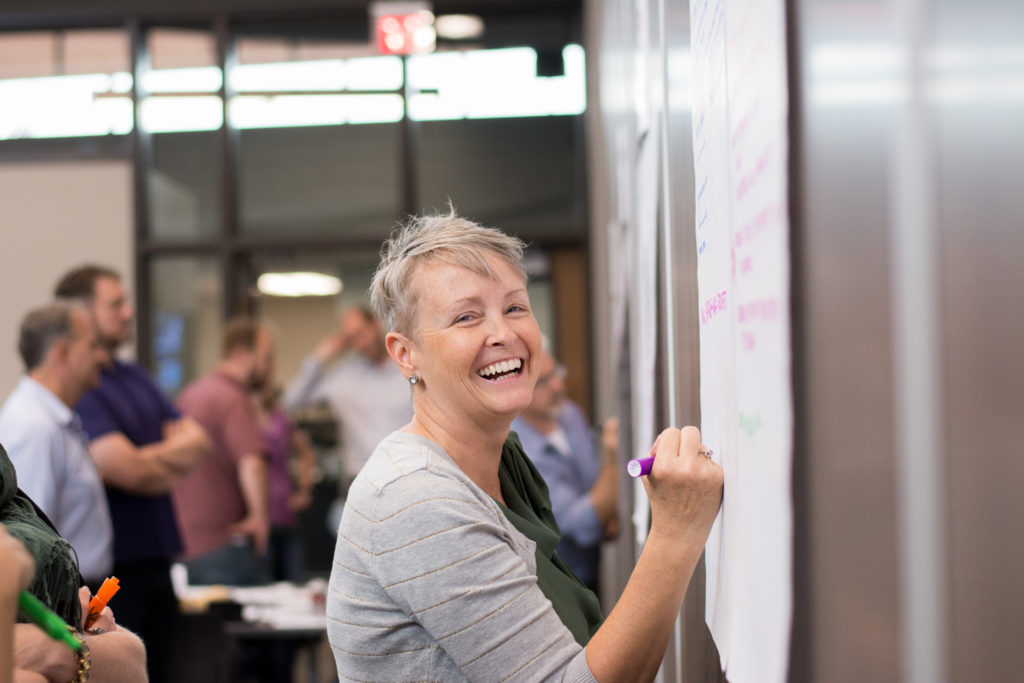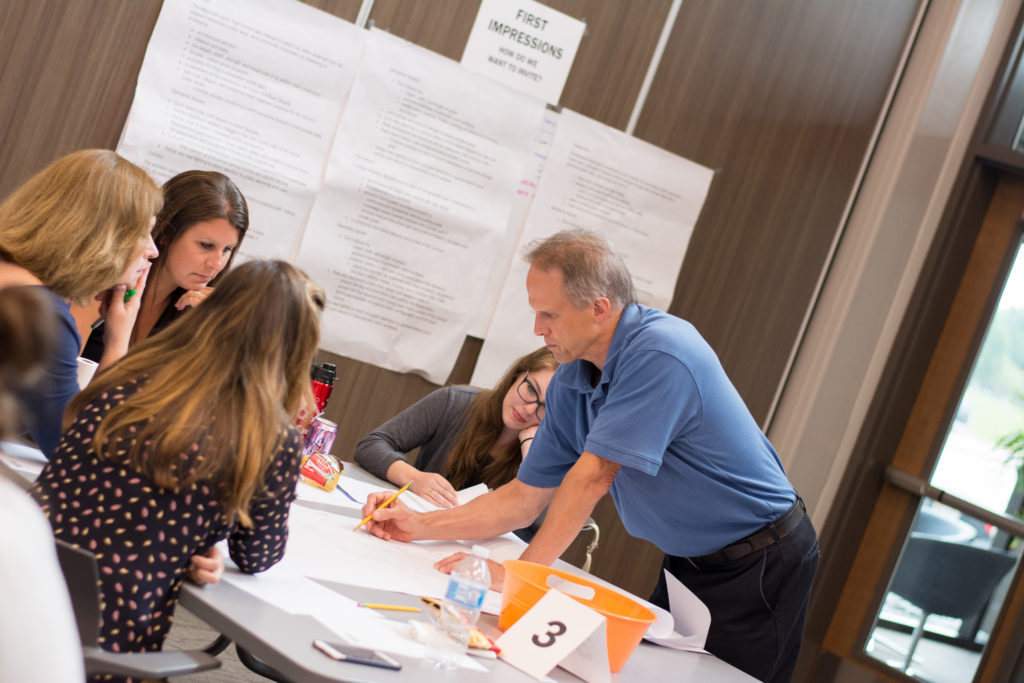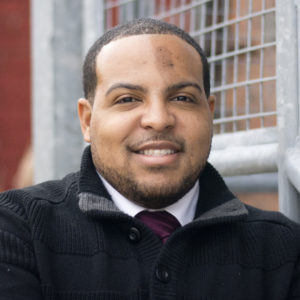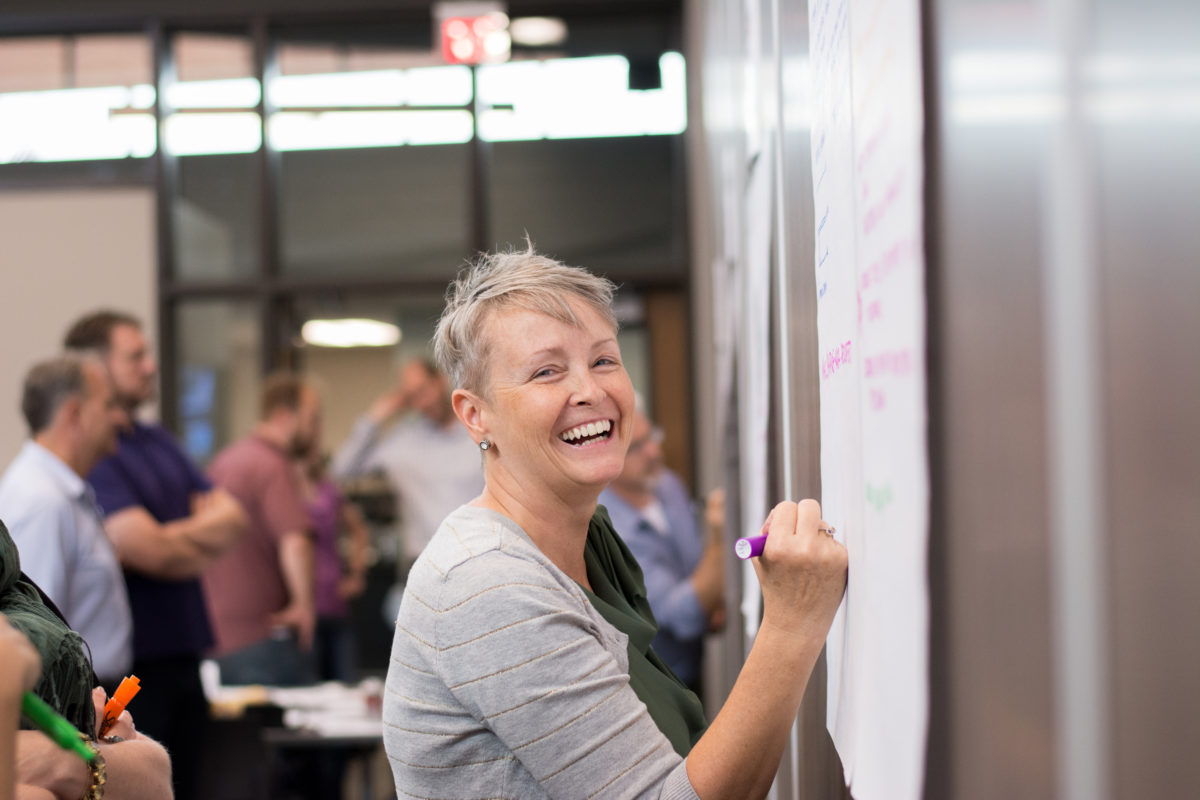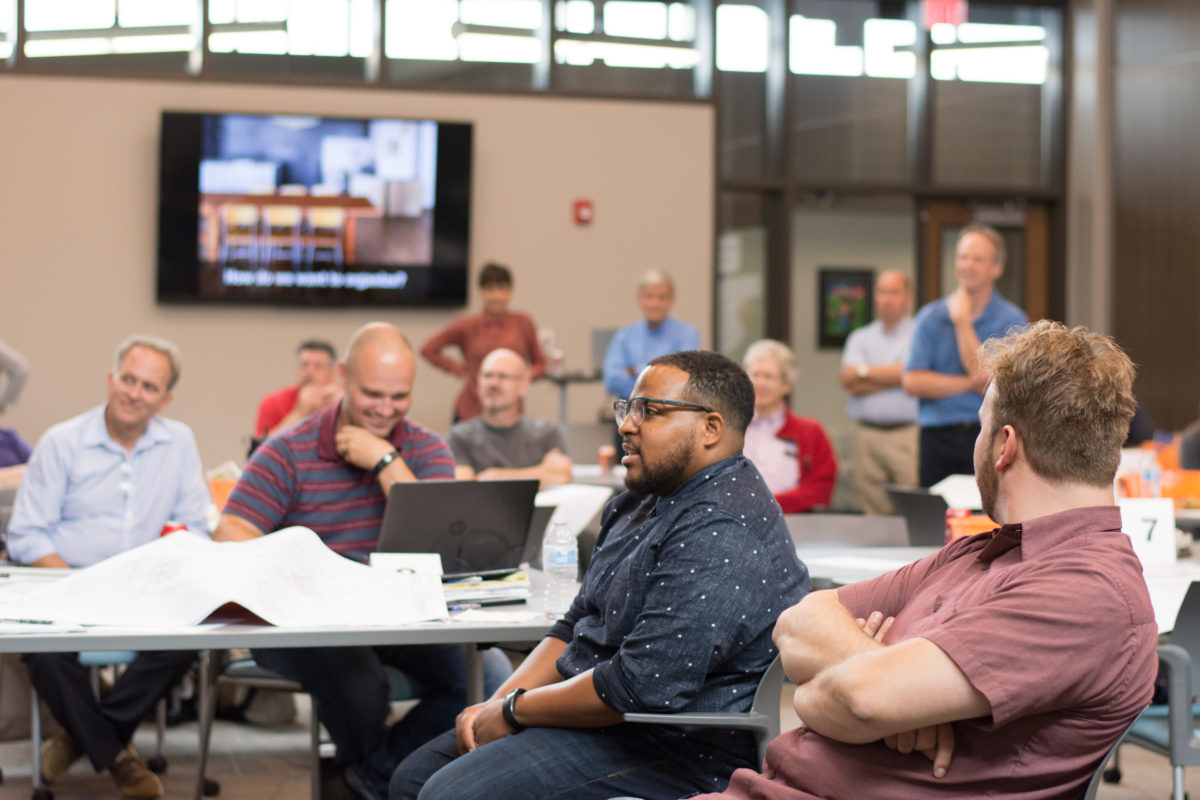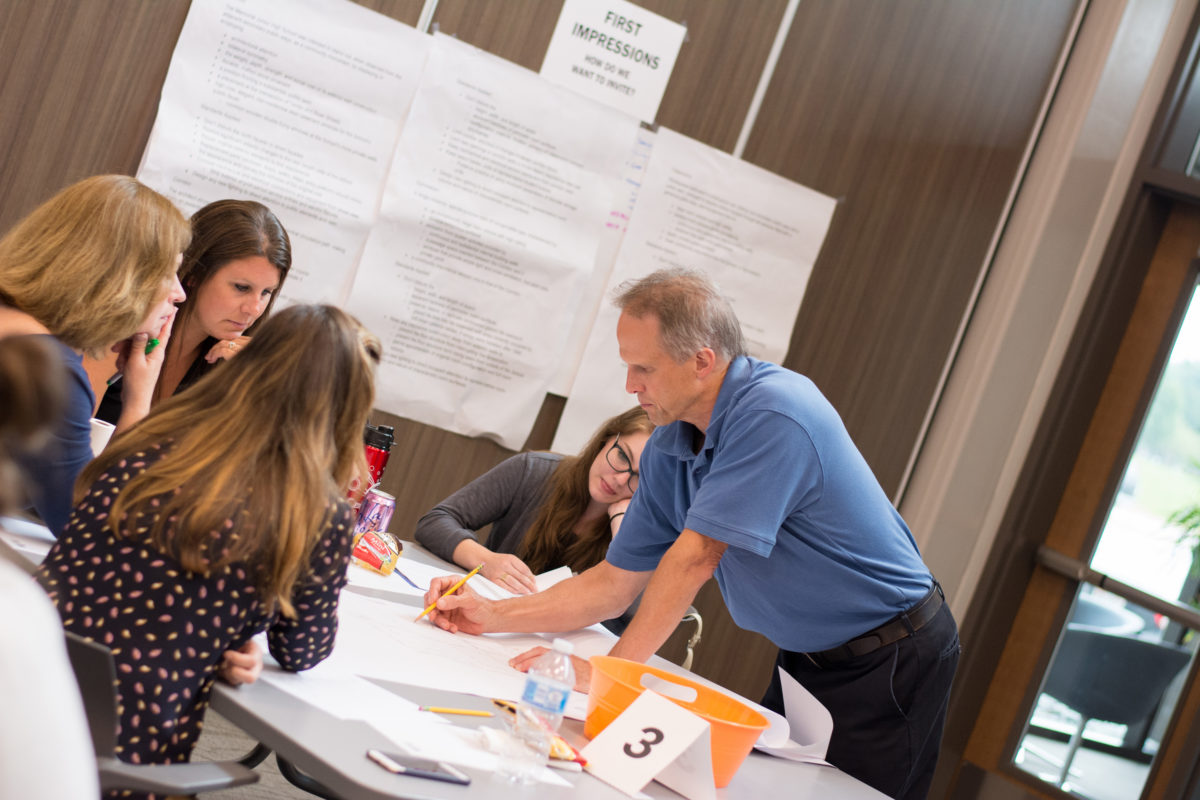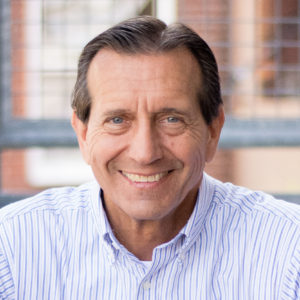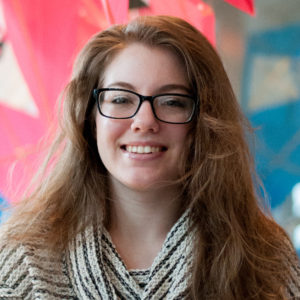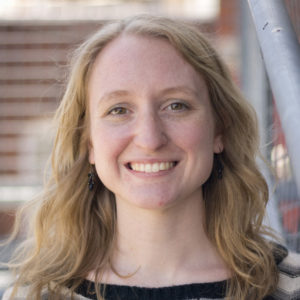ThenDesign Architecture (TDA) is an architectural, planning and interior design firm that has been involved in cutting edge educational and municipal facility design, established 68 years ago. A firm with over 50 employees, it is comprised of licensed architects, architectural designers, construction managers, interior designers and communications specialists. Focused on the evolving design of educational buildings and imagining better ways to educate, TDA employees specialize in community master planning, architectural design, construction management, project financing, bond campaign assistance, as well as marketing, public relations and video production. Since the company’s inception, TDA has worked with over 120 school districts, along with the Ohio Facilities Construction Commission (OFCC) in Northeast Ohio and established themselves as leaders in school design–pioneering this field by rethinking how educational spaces could be imagined.
The firm, headed by two partners, Bob Fiala and Chris Smith, have assembled a group of international creative professionals in the Cleveland area that come from 7 different countries, which employ skillsets that span the AEC industry. Their design philosophy is simple. “Think, Design, Act.” They are driven by an insatiable desire to learn and ask a series of “What if?” questions. They seek to deeply understand the needs of a project and doing so create a “tailor made solution.” This is woven into the fabric of the community, fostering a sense of “place” in its environmental context.
Some History
TDA was originally founded as Huston Associates in 1951 by the late architect, Bruce Huston. Based in Willoughby, Huston Associates was a recognized leader in educational facility design. In 1989, Huston retired and Robert (Bob) Fiala, a former employee of Huston Associates, became the managing partner and renamed the firm ThenDesign Architecture. In 1998, Chris Smith joined the firm. He was named partner in 2004 as part of a well-crafted succession plan.
Mr. Fiala, the firm’s founding partner, now is also the recently elected Mayor of the City of Willoughby. He feels a deep responsibility to build an economically strong and vibrant city and give back by to the community through his tireless service, civic leadership and the promotion of education and the arts. Even though he no longer works directly, in the day to day operations of TDA, he continues to provide strategic leadership and enhance the firm’s culture. He brings a deep belief that by designing the best education and municipal buildings possible, we can impact the lives of people in our community for years to come.
Good Design Matters
We believe that good design begins with intentional thinking and this mindset transcends architecture to touch everything we do. We can find good design anywhere, whether it is “rocking out” to an inspiring guitar ballad, enjoying challenging park trail or holding our favorite coffee mug. Good design enriches lives. We recognize our responsibility to enhance the environment through our architectural efforts. From schools and hotels to sports parks and retirement centers, we have fun in the collaborative, creative process. We love challenging educators, stakeholders and the public to be a part of our projects, by collaborating and imagining better ways to educate. By using this approach, we strengthen the fabric of each community, ensuring a useful structure for many decades to come.
A common question we get from clients and the public is: “Who designs your building?” While, many architectural firms have one “primary designer,” this often results in every building looking the same, despite the fact it’s grounded in a completely different place. TDA is different in design approach. Each building we produce is a collaborative effort among our designers, consultants, and many in the community.
"Educational Visioning Sessions"
Early phases of design include “Educational Visioning Sessions.” These unique events bring together teachers, students, administrators, board members, local safety forces and local clergy to discuss the project, imagine possibilities and ultimately serve as the genesis of the design. Ideas and concerns generated by these participants are captured as they are shared in round-table discussions and other activities. Grassroots ideas from those who will actually be using the new structure are distilled and ultimately presented to decision-makers (whether that is a school superintendent, mayor or other administrative representative). We encourage all parties involved to begin imagining better ways to educate. This is why TDA is different. This is why districts return to us again and again to provide architectural services–because we listen to our client’s needs. We empower them to drive the initial designs which results in a product that best meets their needs and produces a completely unique building.
This diversity of input is a hallmark of our design strategy and one element that strengthens our portfolio.
Imagining Better Ways to Educate
Design doesn’t stop at the built world, it continues throughout the education process. During the planning and construction phases of design, TDA engages educators who ultimately will use the new building in training sessions in anticipation of the project’s completion. At these events, a team of project designers, along with future occupants, attend a series of meetings dedicated to coaching and professional development. These sessions include, brainstorming activities and interactive projects, all geared towards training educators and administrators on the best ways to engage students in these new spaces. They are invaluable for collaboratively rethinking the way educational spaces can be used to promote student learning. This crucial component is a link between the early “Educational Visioning Sessions” and a fully occupied building. Then, through exit interviews and teacher surveys, we measure how these architectural designs impact the education experience. We have found significant benefits such as reduced behavioral issues in the classroom, increased teaching time, and additional opportunities for student engagement. All of these ensure that each student receives the best education possible.
In short, we intentionally emphasize the people and their experience as much as the building itself.
Virtual Staff Meeting
At the core of our practice, we believe people are the most important aspect of every project. Whether it is satisfying our clients, or celebrating and empowering our diverse staff, a “people first design” permeates our culture and designs.
Our staff constantly pushes boundaries in design, acquiring new techniques, implementing technology and building support for your long-term plans.
We are not only designers, but educators and want to help every client understand the process and how it affects them for years to come.
Driving Architecture, Education and Community
TDA, as a group of creative professionals, work to design and build the “next generation” educational and municipal facilities that are environmentally friendly, contextually rooted and inspiring to inhabit.
We continue to address the challenges facing school districts, educators, and communities of the future and are committed to imagining better ways to educate.
Let’s work together to make education better. Interested in speaking with us? Get in touch!
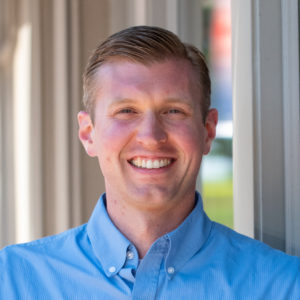
Ryan Caswell
Communications
Get our newsletter with insights, events and tips.
Recent Posts:
ThenDesign Architecture Celebrated its 35th Anniversary
Capital Improvement Plans Work
Rocky River’s Transformative Renovation
Cuyahoga Falls 6-12 Campus Construction Tour
Claire Bank Selected as 40 Under 40 Honoree

